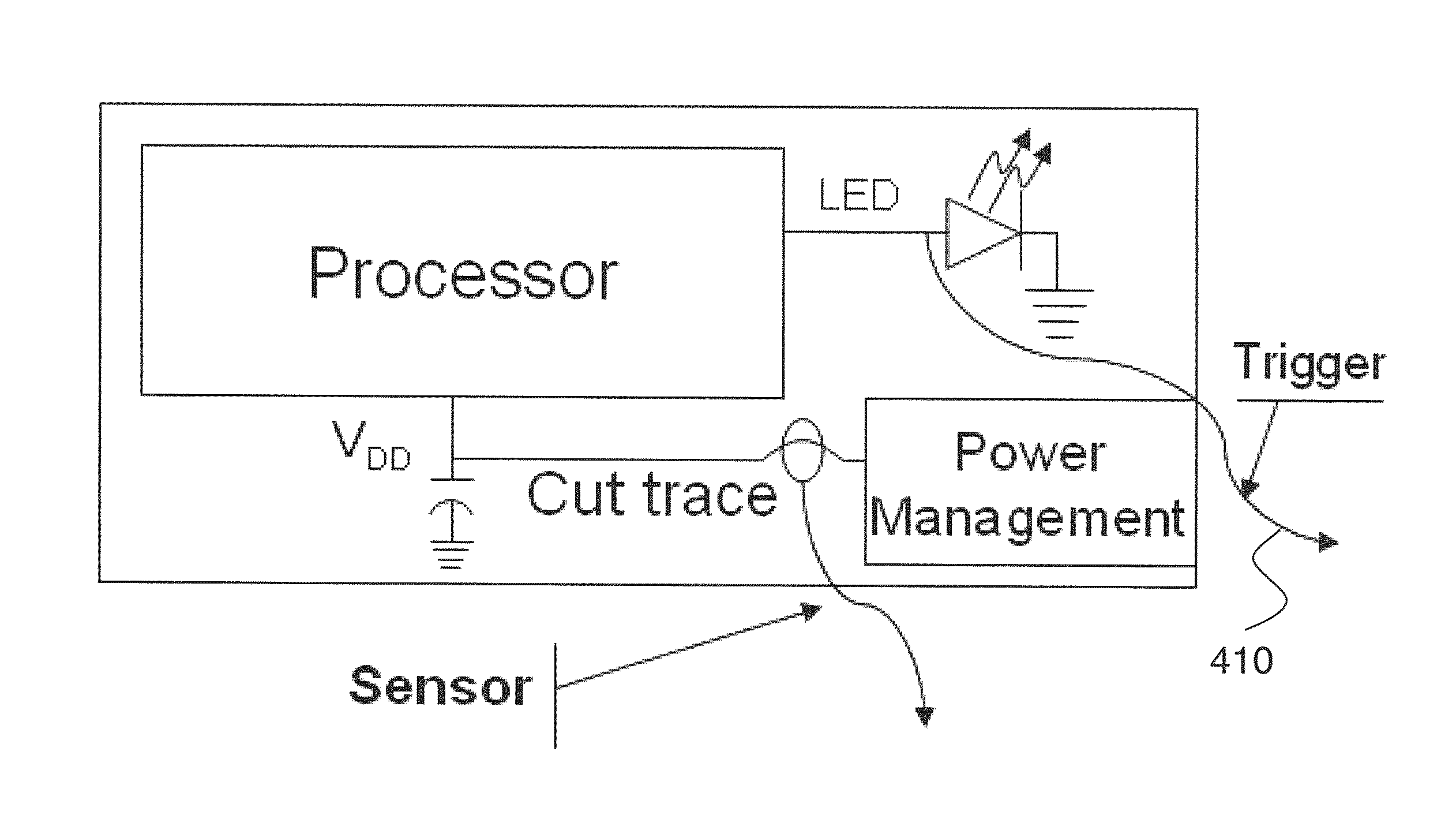Using Power Fingerprinting (PFP) to Monitor the Integrity and Enhance Security of Computer Based Systems
a computer based system and fingerprinting technology, applied in the field of power fingerprinting, can solve the problems of poor performance, unfavorable power fingerprinting performance, and complex implementation of pca, and achieve the effects of enhancing the integrity assessment of target system execution, improving the detection ability of pfp, and enhancing pfp performan
- Summary
- Abstract
- Description
- Claims
- Application Information
AI Technical Summary
Benefits of technology
Problems solved by technology
Method used
Image
Examples
Embodiment Construction
[0065]Power fingerprinting (PFP) is a technique that enables an external monitor to assess the execution integrity of a cyber system. PFP relies on the execution status information carried by the dynamic power consumption of a processor. Using this information, along with pre-characterized signatures from trusted references, PFP is able to determine execution integrity in target systems. For practical application of PFP, it is necessary to implement specific apparatus and follow specific procedures to provide an effective monitoring solution. In this work, we describe various procedures for improving the operation, effectiveness, usability, and performance of a PFP monitoring solution.
Applying PFP to Detect Software Modifications in Smart Phones and Other Embedded devices.
[0066]Cyber security has become a critical element for national security. Microprocessors are ubiquitous in almost every aspect of modern life. Technology developments in the information technology areas are moving...
PUM
 Login to View More
Login to View More Abstract
Description
Claims
Application Information
 Login to View More
Login to View More - R&D
- Intellectual Property
- Life Sciences
- Materials
- Tech Scout
- Unparalleled Data Quality
- Higher Quality Content
- 60% Fewer Hallucinations
Browse by: Latest US Patents, China's latest patents, Technical Efficacy Thesaurus, Application Domain, Technology Topic, Popular Technical Reports.
© 2025 PatSnap. All rights reserved.Legal|Privacy policy|Modern Slavery Act Transparency Statement|Sitemap|About US| Contact US: help@patsnap.com



